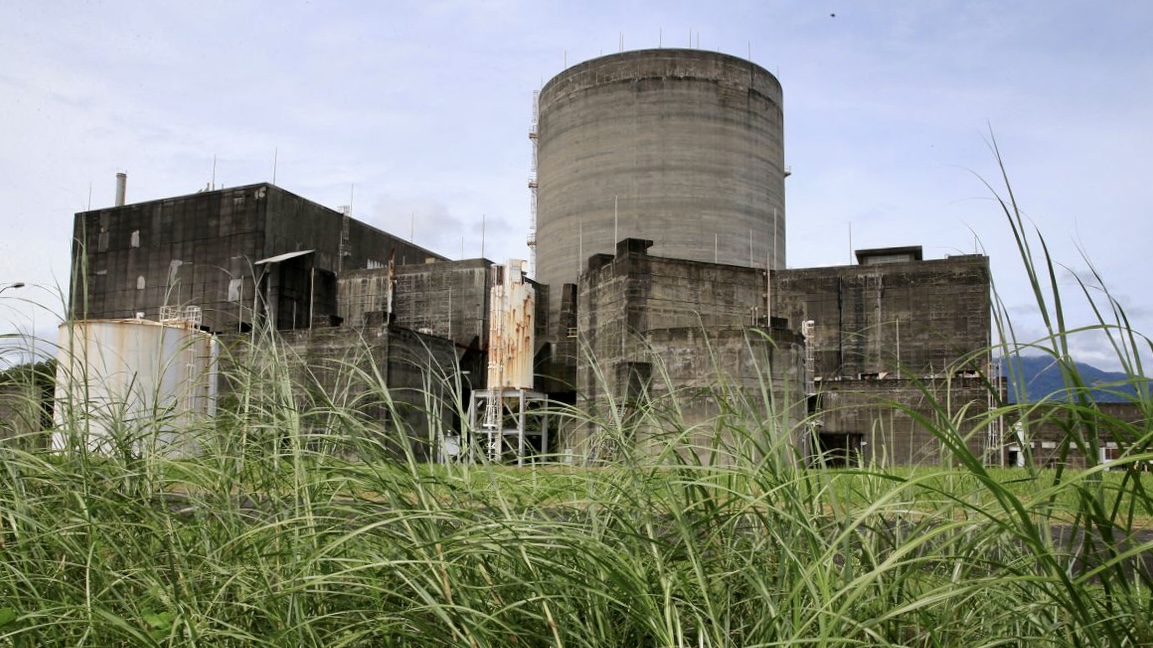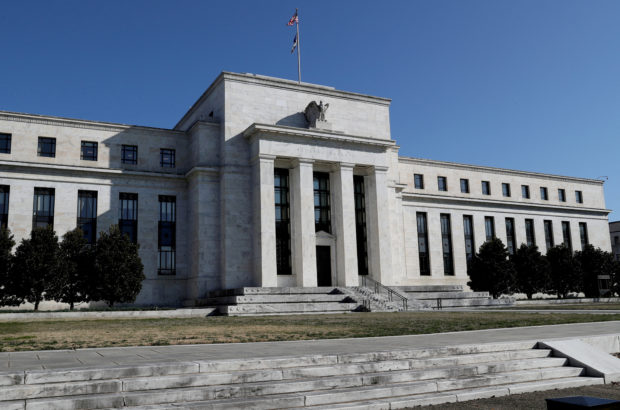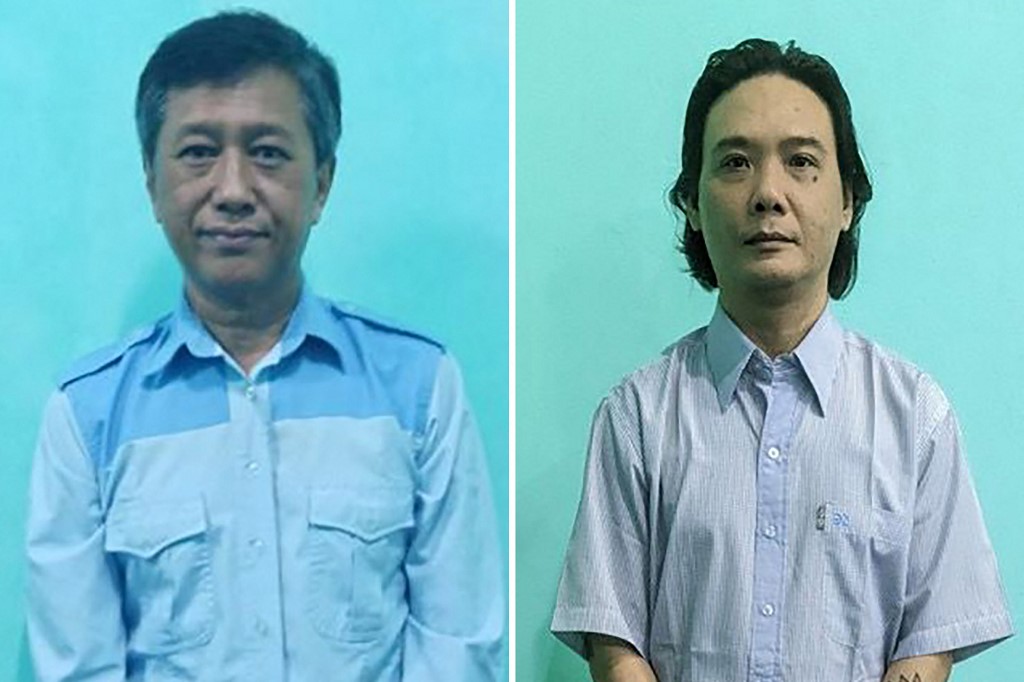[ad_1]

KATHMANDU, Feb 04 (IPS) – Because the omicron wave of Covid-19 rose ominously in Nepal just lately, to entice extra individuals to get examined the federal government lowered the price of PCR checks from 1,000 rupees ($8.37) to 800 rupees ($6.70) in authorities services and about double that in non-public ones.
“Individuals with restricted incomes can’t afford to get the check, and picture if 4 members of a household have signs, the PCR checks alone will make a gap of their earnings,” Dr Baburam Marasini, former director on the Authorities of Nepal Epidemiology and Illness Management Division, instructed the Kathmandu Put up.
Earnings per capita in Nepal in 2020 was $1,190, in accordance with the World Financial institution.
Noting that free remedy of circumstances like tuberculosis, malnutrition and malaria had saved many lives within the nation, Marasini argued that “the federal government ought to make PCR checks free throughout the nation for individuals who have signs.”
Whereas the federal government has not taken that step, in recent times it has supplied free remedy for a rising variety of continual circumstances to members of teams in want, such because the aged, younger kids and the poorest in society. But equality in well being care stays a paper promise.
In a briefing paper on the fitting to well being in Nepal throughout Covid-19, the Worldwide Fee of Journalists argued that the federal government should “be certain that well being companies, services and items can be found to all with out discrimination” and “guarantee entry to at very least the ‘minimal important stage’ of well being companies, services, and items.”
Initially launched in November 2020 and up to date in September 2021, the ICJ paper notes {that a} plan was made to distribute COVID-19 vaccines to members of susceptible teams first, however “In accordance with varied media experiences, for instance, among the vaccines allotted for older individuals have been as an alternative used to inoculate political occasion leaders, native stage representatives, military personnel, their household and mates, directors, businessmen’s households and their relations.”
Article 35 of the Structure of Nepal ensures “the fitting to well being care,” and its third provision states: “Every individual shall have equal entry to well being care. ” The structure’s Directive Rules, Insurance policies and Obligations of the State additionally require that Nepal “carry on enhancing funding obligatory within the public well being sector by the State with the intention to make the residents wholesome” and “guarantee straightforward, handy and equal entry of all to high quality well being companies.”
But as ICJ factors out, analysis accomplished previous to Covid-19 discovered that “prime quality well being care was not universally accessible in Nepal, however was typically loved by solely a comparatively small and elite portion of the inhabitants, and usually, entry to well being care within the nation is unequal and the well being system faces perennial shortages of sources, important medicine and obligatory medical infrastructure.”
Senior heart specialist Dr Prakash Raj Regmi says he sees the impression of inequality in well being care each day. “Within the technique of investigation, within the technique of remedy, even middle-class individuals face some problem.”
In an internet interview the physician notes that almost all of his sufferers are burdened by a number of non-communicable illnesses (NCDs), corresponding to cardiovascular illnesses, diabetes and kidney and coronary heart points, whose prognosis requires in depth testing. Afterwards, these sufferers typically want a number of therapies. “Sufferers have to endure a number of investigations: laboratory checks, x-rays, ultrasound, echo-cardiography. Individuals may have coronary angiography or a CT scan or MRI—all these investigations are costly.”
Whereas the standard of obtainable medicine is bettering, they’re additionally getting costlier, so some sufferers discontinue their use prematurely, says Dr Regmi. “For instance, a affected person is given a follow-up time of three months, however they arrive solely after six months. in that point they’ve stopped utilizing two out of 4 medicine, in order that they develop problems.”
Whereas he can present monetary assist, each at his non-public clinic and on the non-profit neighborhood clinic the place he additionally serves, Dr Regmi isn’t positive what number of different docs do the identical. “I name myself a social employee… in my non-public clinic additionally, individuals who come for remedy, if they will’t afford their checks and remedy I discover a way out; I assist these sufferers.” Some checks will be accomplished totally free and for others he says he can direct sufferers to authorities labs; samples of medicine will be supplied at no cost and cheaper variations of medication prescribed.
Regardless of the necessity for these casual mechanisms, Dr Regmi says that fewer sufferers require monetary assist immediately than in earlier years, and that those that can afford it normally choose to go to much less crowded non-public services.
Numerous developments have helped enhance companies within the authorities system: a brand new nationwide medical health insurance scheme, devolution of some well being care tasks to provinces and municipalities following Nepal’s transition to federalism in 2017, and free remedy of some continual sicknesses for the poorest of the poor, kids and the aged.
“An enormous sum of money is being invested on this… This is excellent for sufferers who can not afford remedy: a lot of the sufferers are poor and these NCDs require lifelong remedy.” However the physician says one factor is lacking: “The federal government ought to concentrate on prevention in parallel with offering remedy, however it’s not investing in prevention,” he argues.
Inequality can be apparent in maternal well being companies. For instance, Sindhupalchowk is a largely rural district three hours’ drive from the capital Kathmandu. Regardless of it having 79 well being services, households who can afford to take action journey to the capital to have their kids delivered or to bigger services in neighbouring districts. The truth is, in 2020 greater than 70 % of pregnant girls left Sindhupalchowk to have their infants outdoors the district.
About one-half of Nepal’s hospitals, together with centres for specialised care, such because the nationwide maternity centre, are situated within the Kathmandu Valley.
A current report analysing knowledge from 2001 to 2016 discovered a rising “exceptional enchancment” in maternal well being progress nationally, in all wealth teams. However drilling down into the statistics revealed that the poorest of Nepal’s seven provinces “have made minimal to zero progress.”
“Particular funding to deal with obstacles to entry and utilization in provinces which are lagging to make progress in decreasing inequality is pressing. Additional research are wanted to grasp the methods required to deal with the gaps in these provinces and convey about truthful enchancment,” added the research.
© Inter Press Service (2022) — All Rights ReservedAuthentic supply: Inter Press Service
[ad_2]
Source link







/cloudfront-us-east-2.images.arcpublishing.com/reuters/MB27UQ4RDJL2BC7WI7G3RX4S6U.jpg)









